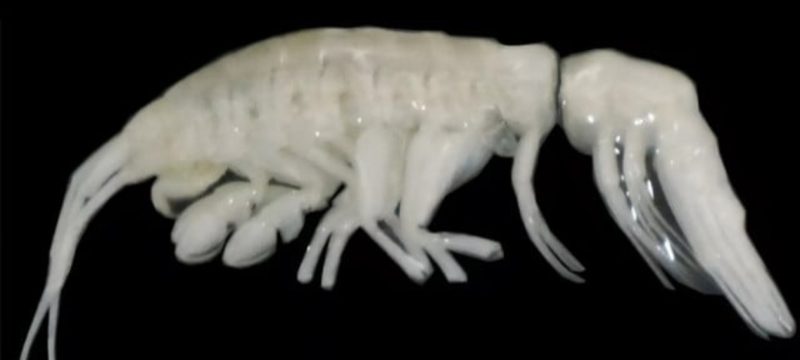A team of scientists from the US and Chile has uncovered a new deep-sea predator, Dulcibella camanchaca, during an expedition to the Atacama Trench off South America’s western coast. This newly identified species, found at an astonishing depth of 7,902 meters, belongs to a previously unknown genus of predatory amphipods, making the discovery a significant milestone in deep-sea exploration.
D. camanchaca stands out as the first predatory amphipod known to inhabit the hadal zone, a part of the ocean deeper than 6,000 meters. Unlike most amphipods that scavenge, this species actively hunts smaller amphipods using its specialized raptorial appendages called gnathopods. Measuring just under 4 centimeters, the species is larger than many other deep-sea amphipods, further emphasizing its unique role in the underwater ecosystem.
Also Read: Groundbreaking Quantum Research Discovered Concept of ‘Negative Time’
The genus name, Dulcibella, is a nod to the character Dulcinea del Toboso from Don Quixote, following a tradition of naming amphipods after literary figures. The species name, camanchaca, which means “darkness” in local South American languages, reflects the pitch-black environment where the species was found.
The discovery, made during a 2023 expedition by Chile’s Integrated Deep-Ocean Observing System, involved using baited traps deployed in the Atacama Trench. This find highlights the rich potential for future discoveries in one of the most extreme oceanic environments on Earth.
The research, published in Systematics and Biodiversity, underscores the importance of continued deep-sea exploration. It also raises intriguing possibilities for discovering similar life forms on distant oceanic moons like Europa and Enceladus.









